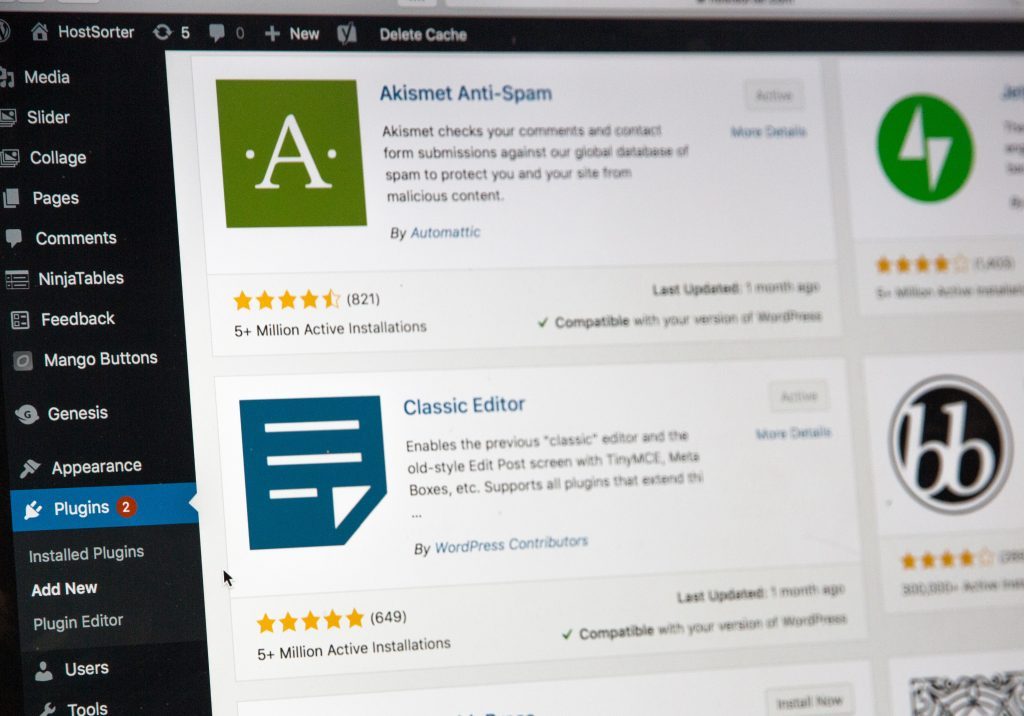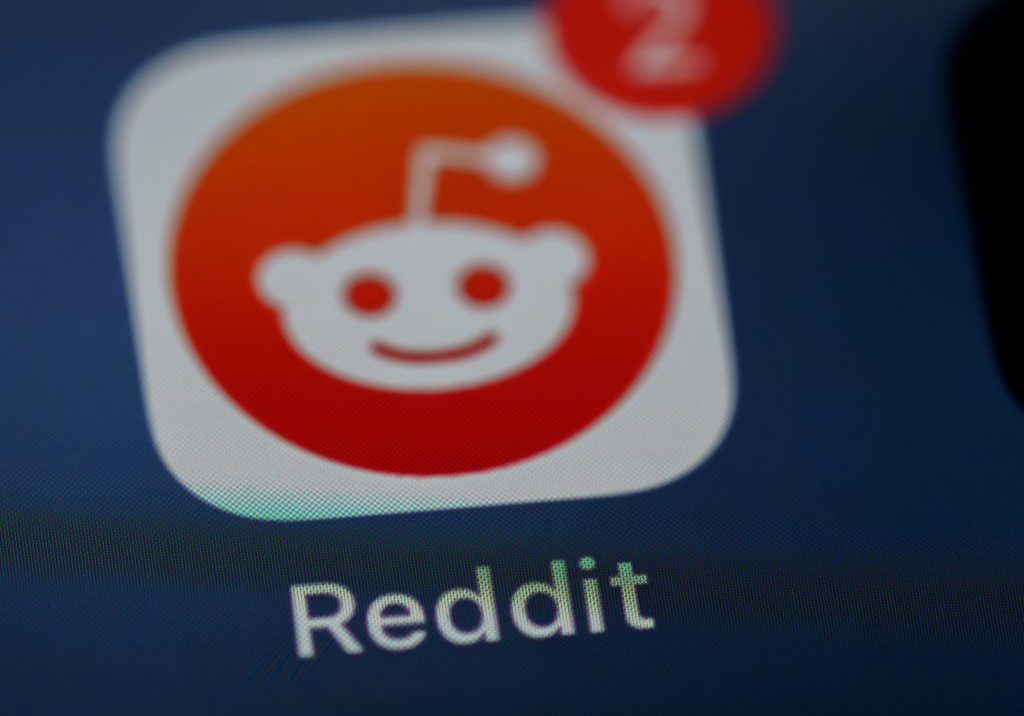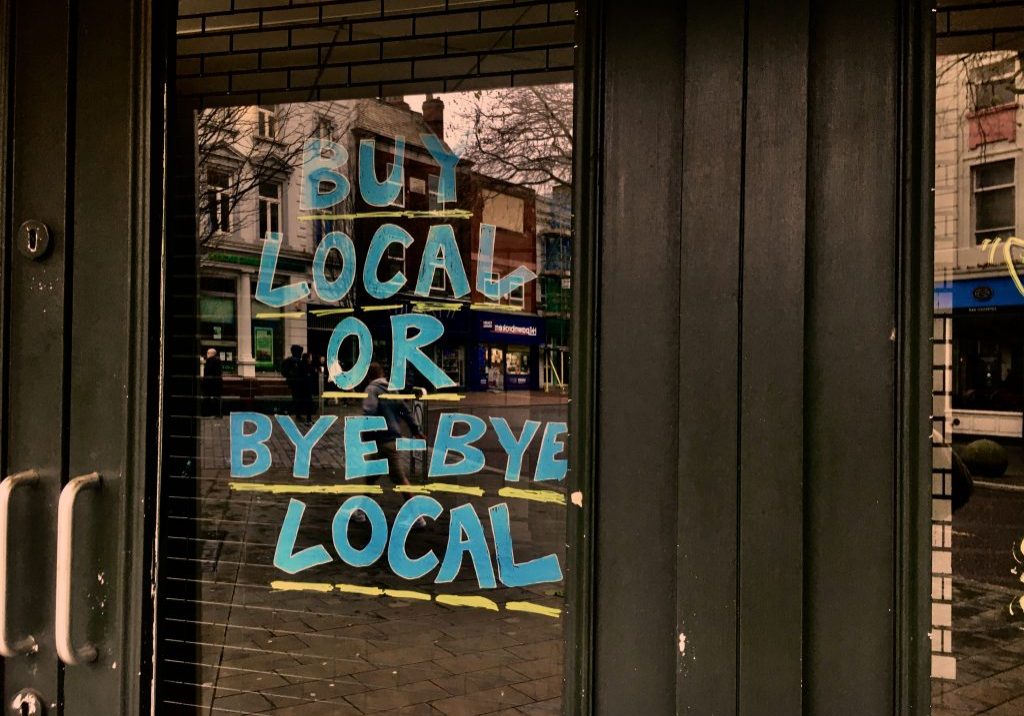Landing Page Not Taking Off? Try This…
Landing pages play a major role in any digital marketing strategy, whether you’re looking to capture organic traffic with keyword centric content, acquire early stage customers through social media or boost sales using PPC. Without landing pages there’s no doubt your marketing will be seriously under performing, at best, converting at a sub-optimal rate, at worst, burning through your budget without creating any opportunities whatsoever!
That said, you can’t just create any old landing page; poorly made, they can hinder your efforts. At Convert Digital we’ve been building highly optimised, conversion busting landing pages for years, so we’d like to think we know a thing or two about what works and (it has to be said) what doesn’t. Our latest blog looks at 5 changes you can make to maximise your landing page performance, but first, let’s take a look at the basics.
7 Benefits Of A Landing Page (At A Glance)
There are countless reasons you would want to use landing pages; in fact, statistics show that ‘Companies with 30 or more landing pages generate 7 times more leads than those with fewer than 10.’ (Source: Hubspot). Here’s a few reasons you really should be using landing pages:
- Increase Conversions
- Refine Your Audience
- Increase Your Remarketing
- Greater A/B Testing
- Better Analytics
- Better Targeting
- Reduce Advertising Costs
What Is A Landing Page?
Think of a landing page as a hyper-focussed microsite, sitting within your main website. It should deliver a concentrated focus on one particular product or service you provide, in contrast to your main website; which is all things to all men. As an example, our website lets potential customers know about all our services, including; SEO, PPC, Social Media, WordPress Web Design and Web Design. That’s good, if a user were to happen on our site with no particular service in mind, we’re giving them everything they need to know. But what if they we’re specifically searching for a Digital Marketing Agency In Sheffield?
This is where a landing page would come in, with content, images and other elements (which we’re covering shortly) would be tailored specifically to Digital Marketing Agency In Sheffield (or whatever the specific search term was that we were targeting).#
Essentially, your website is a ‘Jack of all trades’, your landing pages are ‘the masters’.
When Should I Use A Landing Page?
If your website has everything covered, why would you need landing pages? Well, a good rule of thumb is to use a landing page when you have 1 of 3 things in mind;
 Targeting A Specific Search Term Or Keyword
Targeting A Specific Search Term Or Keyword
Landing pages (when used right) can be a great way to rank for specific keywords, delivering search engine friendly, on-point content. You’ll also have more opportunity to optimise images on landing pages too, but be sure to use accurate descriptions, rather than writing what you think Google wants to hear!
Aside from SEO, we definitely recommend landing pages for search terms or keywords to accompany your PPC advertising, such as Google Ads. Why? Firstly, a landing page that closely ties to your ads, creating continuity, will ultimately result in higher conversion rates. Secondly, it will reduce the cost of your ad-spend!
Google prefers delivering quality ads to users, so if your landing page experience (the destination Google users reach when they click your ad) doesn’t match what’s promised in the ad, you’ll be penalised with a higher cost per click. Conversely, a highly targeted landing page, that’s inline with your ad-group, keywords and ad-copy will result in a lower cost per click (CPC).
Targeting A Specific Audience
Different audiences need different content, which is why landing pages are key for reaching different people. Whether it’s through organic traffic (such as users in different geographical locations) or, again, through ads, your landing pages need to be tailored to the people using them.
B2B in particular, provides clarity when thinking about landing pages curated to specific audiences; for instance, an electrician might provide services for different sectors such as schools, gyms, offices and health-care.
Whilst the core service is the same; electrical, the page offering will differ, with nuanced content to match. On page case studies, for instance, could be tailored to the market (if you were pitching to a school you’d want them to know your experience working in them already), industry specific certification can be displayed on audience landing pages; what one sector values highly another might not!
Targeting A Specific Action
Perhaps the hardest to define, creating landing pages with a specific action in mind. Back in the day, ‘Download Our Free White Paper’ was the go-to way to capture user data; to make it happen, most websites had action specific landing pages. Here, the benefits of the white paper were put forward, along with a few claims as to how said white paper would rock your world! Irresistible and all that was asked for in return was an email address.
These days, landing pages with a specific action in mind can range from data capture (such as email), getting a quote or buying online.

5 Website Landing Page Tips To Supercharge Conversions
Keep It Punchy & On-Topic
Landing page users have short attention spans, which is why you’ll need to convey the basics quickly and succinctly. A good landing page should include a keyword-matched headline and subheading, a short description of your product or service that outlines the benefits to the user and a strong call to action, designed to push your user over the conversion threshold.
When we’re building landing pages we like to bullet point the key benefits of our product or service, which makes up our opening page copy. That way, users are quickly presented with all the information they need. If possible, we’ll even try to get all this introduction copy; the headline, the subheading, the features and the CTA in a space small enough to fit in one viewport (such as one laptop or mobile screen) so users don’t even need to scroll. You may sometimes hear this called ‘above the fold‘.
Keep Your Conversions On Page
There’s no point putting together a mouther watering, hard to resist call to action if you’re sending users away from your landing page, where they can get distracted. By sending users away from your landing page you’re risking them abandoning carts, leaving forms unfilled or leaving your website altogether. Instead, keep your conversion options entirely within your landing page to maximise results.
This can be as simple as including a sign up form or subscription block further down your page, which your call to action (assuming it’s a link or button) can anchor too.
When aiming for form fills we like to include a contact form at the top of our landing pages, alongside our (afore-mentioned) introduction copy, with another at the footer too. As a rule of thumb, we’ll use call to action anchor buttons, such as ‘sign up now’ or ‘book now’ at the end of every row of further information we deliver. For instance, if your landing page has a ‘Why Choose Us’ section, that would need a CTA button.
Don’t Ask For Too Much
This is one that will get your sales team moaning, but, in the case of upper funnel landing pages especially, you’ll not convert if you’re asking for too much information. Your contact forms should only ask for the minimum information you can use to close the deal, whether that’s just a name and telephone number, or email address; asking for stuff you don’t need will create distrust and put would be customers off.
When deciding which information you need, it’s worth considering which type of audience your landing page is looking to connect with. If they’re ‘cold’; at the early stages of their purchasing journey, you should look for the minimum, which can then be used to move them further down the sales funnel with email and content marketing. If however, you’re targeting users right at the crunch point of buying; great! By all means, take all the information you (or your sales team) need to follow up and close the deal.
Better yet, wherever possible, get users to transact entirely on your site; if they can book and pay all in one place, why complicate the process?
Remove Distractions
We touched on this earlier when we suggested keeping your conversion options all within your landing page but you can always go one further. Removing any other distractions from your landing page can help boost conversion rates, essentially leaving users with two options; convert or leave.
So what classes as a ‘distraction’? Basically any internal or external links which lead away from your landing page, including your main navigation.
It may seem radical (and it’s definitely one to split test) but removing your main navigation really does focus your user, without the ability to look elsewhere. Most business owners think it’s a good thing that users can find out more information about other products or services, but that’s totally missing the point. Your landing page is the hook, your user, when ‘landing’ there is so close to converting; giving them other options isn’t widening your appeal, it’s pushing users further away from biting!
Add Trust
Customers are more inclined to convert if they trust your brand. Usually, you’d build this trust with constant contact, using social media over days, weeks, months or even years, to position your business as an industry authority; with landing pages you don’t always have that opportunity. When it comes to PPC landing pages in particular, you may be dealing with audiences that have only just discovered your website, using your website for the first time.
Don’t worry though, you can still instil trust in a few ways;
- Add your industry accreditations, such as ISO logos
- Add information on clients you’ve worked with
- Add customer & client testimonials
- Reduce risk with ‘no obligation’ or ‘no card details needed’ options
Time To Get To Work
Now that you have a few ideas for maximising your landing pages, it’s time to put them into practice! Follow these rules and we guarantee your conversion rates will go up.
Need help with your landing pages, maybe you’re not sure where to start? We can help, contact us today and let’s see how our team can help grow your business using targeted, refined landing pages.
Enjoyed reading? As always, don’t forget to share this with your network; we’re sure they’ll love it too.
 Targeting A Specific Search Term Or Keyword
Targeting A Specific Search Term Or Keyword








